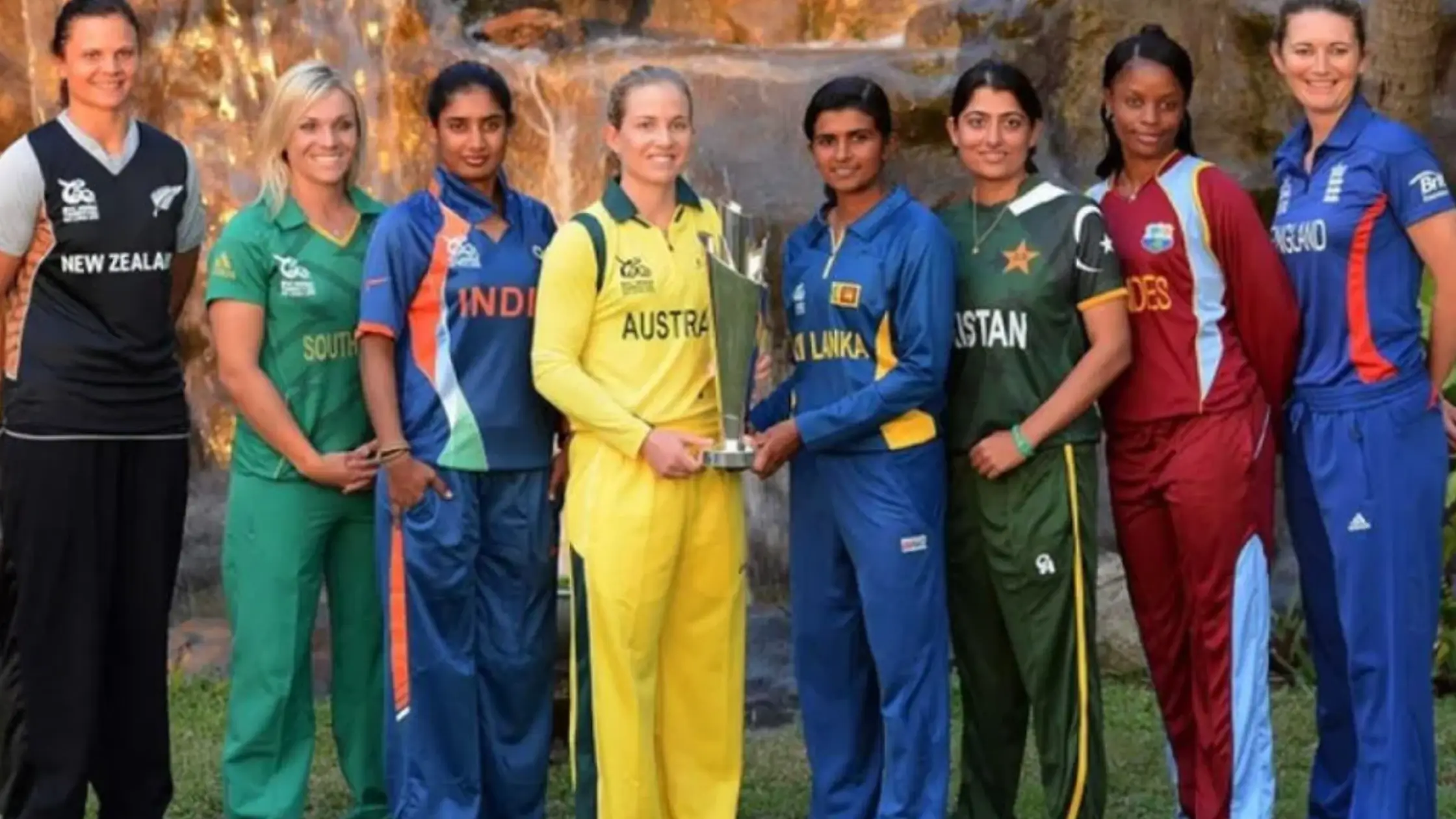History of Women’s Cricket and the ICC Women’s Cricket World Cup
Women’s cricket has progressed dramatically in recent decades, from an amateur pastime to a professional sport contested by elite athletes on a global scale. The ICC Women’s Cricket World Cup is the pinnacle of women’s cricket, the premier international championship contested by national teams and a major driver of the game’s global growth.
The Women’s Cricket World Cup was first held in 1973, two years before the men’s tournament, and has steadily grown in prominence and popularity with each iteration.
The tournament features the best teams in women’s cricket, including powerhouses such as Australia, England, India, and New Zealand, competing in the premier limited overs format of 50-over cricket.
As elite teams have become fully professional in recent years, thanks to improved training, facilities, and public interest, the World Cup’s competition level and visibility have increased dramatically.
The Early Tournaments Set the Foundation (1973–1993)
The first three editions of the Women’s World Cup, held in England in 1973, 1978, and 1982, featured only four or five teams each. England won two of the first three titles, demonstrating their early dominance in the women’s game as one of the few countries with a formal structure.
The matches were played in smaller venues in front of smaller crowds, but the early World Cups served as a foundation for the women’s game to grow in popularity.
The fourth and fifth tournaments, held in Australia/New Zealand in 1988 and England in 1993, increased the number of teams to eight and nine, respectively. Several additional teams from Asia and the Caribbean competed, expanding the Women’s World Cup’s global reach. Standards and competitiveness also improved, foreshadowing the more dramatic growth that was to come.
The Tournament Expands and Competition Increases (1997–2009)
The 1997 World Cup in India, the first to be held outside of England and Australasia, marked a significant turning point. The subcontinent’s love of cricket generated huge interest and enthusiastic crowds, setting a new world record for match attendance at the final in Kolkata. England won the World Cup for the third time.
Over the next three tournaments, held in New Zealand in 2000, South Africa in 2005, and Australia in 2009, the number of teams increased to eleven. The expansion of women’s cricket structures across more countries, as well as the shift towards professionalism, improved the quality of play significantly. Australia established itself as the dominant force, going unbeaten in 2000 and 2005.
Passion for the women’s game in the host countries, particularly India and the Caribbean, ensured large crowds for matches. However, the push for professionalism and growth in domestic leagues resulted in higher standards and competition on the pitch. The Women’s World Cup has entered a new era, with more teams able to challenge the traditional powers.
The Modern era Sees Unprecedented growth (2013-2023)
The 2013 Women’s World Cup in India was another watershed moment, with emerging powerhouse England defeating Australia in a thrilling final. Large, passionately engaged crowds broke attendance records, capturing the attention of administrators and media worldwide.
The profile of women’s cricket was unquestionably rising, laying the groundwork for massive leaps when the World Cup was held immediately afterwards in 2017 in England and 2022 in New Zealand.
Professional domestic T20 leagues such as the WBBL and The Hundred have produced a new generation of full-time women cricketers with elite training and facilities at their disposal. Match attendance, broadcast deals, and digital viewership all set new records.
On the field, the competition was more evenly matched than ever before. Following close games against South Africa and England, Australia reclaimed the title at home in 2022. Other improving teams, such as India, Pakistan, and the West Indies, demonstrated the depth now evident in women’s cricket.
After fifty years of Women’s World Cup history, the current era represents a watershed moment for the global women’s game.
Conclusion
The ICC Women’s Cricket World Cup has traced the evolution of women’s cricket over the last half-century. What started as an amateur event with a few teams has grown into one of the most prestigious tournaments in any sport.
World Cup history has mirrored all of the major milestones. From modest beginnings to gradual global growth and now into the fully professional era we see today.
With ever-rising playing standards, engagement from new and old fans, and elite athleticism on display. The future of the ICC Women’s Cricket World Cup looks brighter than ever.
As women’s cricket moves from striving for equality to realizing its full potential. The World Cup will keep the spotlight on this now truly global sport.







